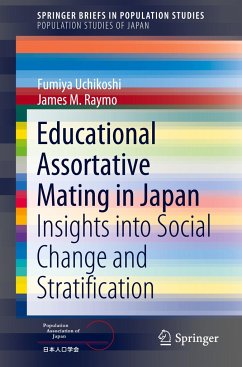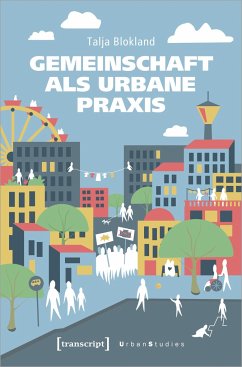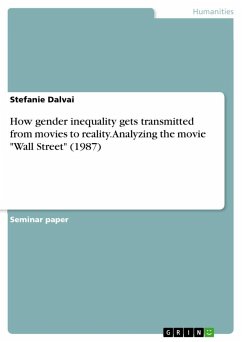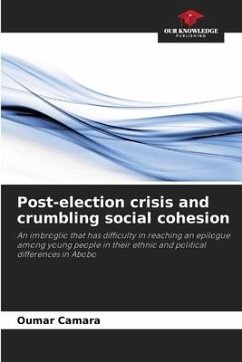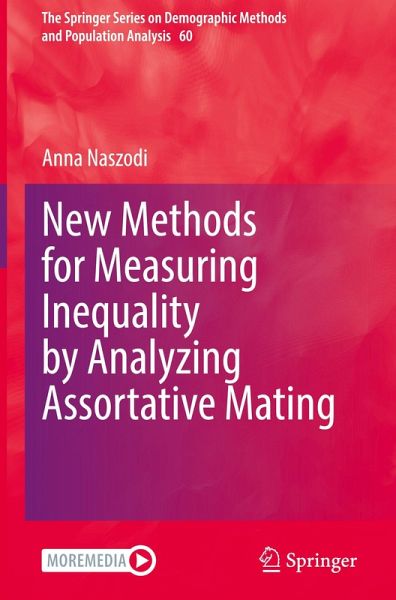
New Methods for Measuring Inequality by Analyzing Assortative Mating

PAYBACK Punkte
45 °P sammeln!
The monograph titled New Methods for Measuring Inequality by Analyzing Assortative Mating offers a comprehensive account of the methods and models proposed in the literature for measuring the degree of sorting into couples with the aim of identifying patterns in inequality. It starts with the premise that it is a sign of increasing overall inequality between different social groups if a generation is less permissive of their members to choose a partner outside their own educational group or racial group relative to an earlier-born generation. In the same vain, the comparison across countries w...
The monograph titled New Methods for Measuring Inequality by Analyzing Assortative Mating offers a comprehensive account of the methods and models proposed in the literature for measuring the degree of sorting into couples with the aim of identifying patterns in inequality. It starts with the premise that it is a sign of increasing overall inequality between different social groups if a generation is less permissive of their members to choose a partner outside their own educational group or racial group relative to an earlier-born generation. In the same vain, the comparison across countries works just as well as it works inter-temporally.
At its core, the book not only guides readers through a diverse array of models and methods but also introduces innovative approaches for selecting tools that are fit for the purpose of quantifying the inherently unobservable degree of sorting. The need for thoughtful model and method selection is underscored by demonstrating that competing tools often yield qualitatively different patterns even when applied to the same data on real or fictitious populations of couples.
Using two of the methods from the well-performing set of tools and census data from nearly 80 countries sourced from the Integrated Public Use Microdata Series (IPUMS) the book illustrates the potential of studying inequality through patterns of sorting along education, as well as along race in the case of the United States.
The book offers an intellectually stimulating journey for both academic and policy researchers. Along the way, it meets ambitious goals, i.e., to dispel common misconceptions in the literature about the direction of causal relationship between assortative mating and inequality, to challenge established conventions on their measurements, and true to its constructive spirit to introduce approaches that perform well in practice.
At its core, the book not only guides readers through a diverse array of models and methods but also introduces innovative approaches for selecting tools that are fit for the purpose of quantifying the inherently unobservable degree of sorting. The need for thoughtful model and method selection is underscored by demonstrating that competing tools often yield qualitatively different patterns even when applied to the same data on real or fictitious populations of couples.
Using two of the methods from the well-performing set of tools and census data from nearly 80 countries sourced from the Integrated Public Use Microdata Series (IPUMS) the book illustrates the potential of studying inequality through patterns of sorting along education, as well as along race in the case of the United States.
The book offers an intellectually stimulating journey for both academic and policy researchers. Along the way, it meets ambitious goals, i.e., to dispel common misconceptions in the literature about the direction of causal relationship between assortative mating and inequality, to challenge established conventions on their measurements, and true to its constructive spirit to introduce approaches that perform well in practice.



